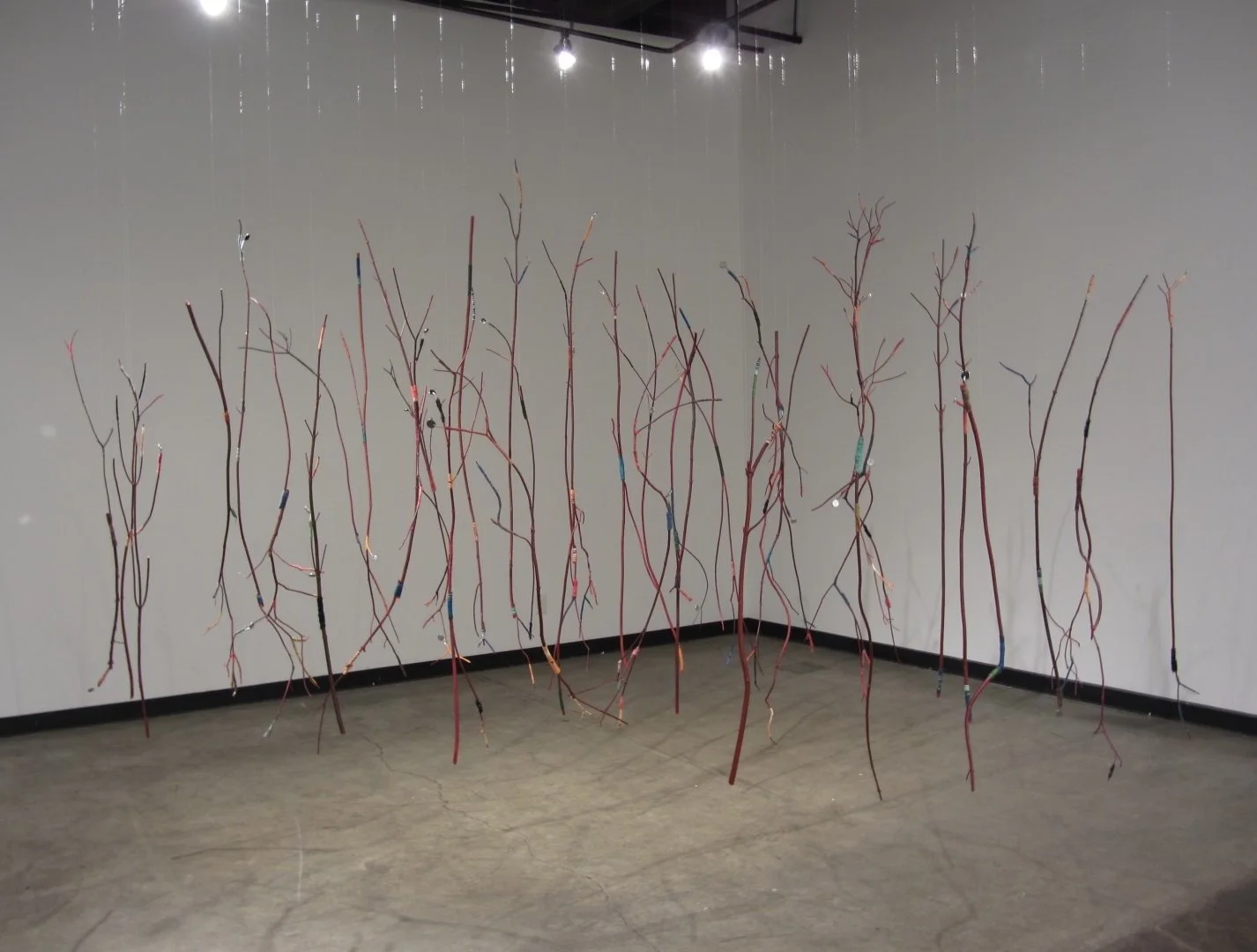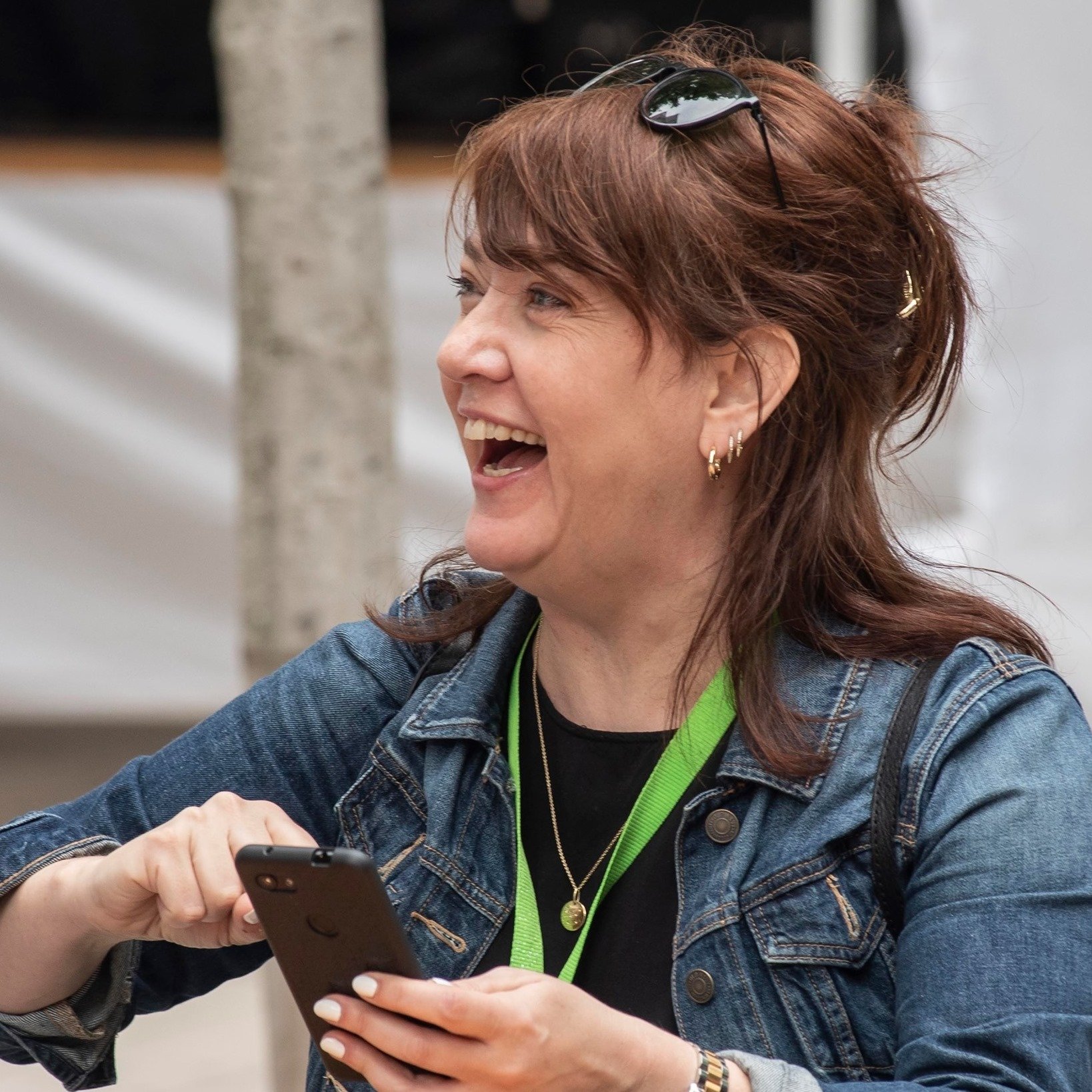Review: Imagine Van Gogh magnifies the details of an artist who transcended time
As instantly Instagrammable and digitally advanced as the exhibit is, you can still feel the artist’s human presence
Imagine Van Gogh juxtaposes images to create streetscapes. Photos by Laurence Labat
Imagine Van Gogh has been extended to August 29 from 9 am to 11 pm at the Vancouver Convention Centre. See COVID-19 safety protocols here
VINCENT VAN GOGH died alone, broke, and broken in 1890, but the world that inspired him in many ways remains unchanged. Walk the plane-tree-lined streets of Arles and you’ll see locals sipping absinthe at Le Café la Nuit—the bright yellow bistro that inspired the Post-Impressionist giant’s Café Terrace at Night. Sit down for a Kronenbourg 1664 at Le Criquet a short distance away, and you’re in the shadow of the bull-fighting ring seen in Les Arènes—completed just weeks before van Gogh cut off part of his own ear. In the nearby town of Saint-Rémy-de-Provence, the asylum where he once conjured The Starry Night from his window still stands, surrounded by the gardens of irises and rose bushes that featured in his paintings.
Should you be lucky enough to one day make it to the South of France once this whole pandemic mess is over, you’ll be amazed that you can still feel his presence, and see what he saw through his eyes.
That same presence floods the new Imagine Van Gogh exhibit at the Vancouver Convention Centre, even as instantly Instagrammable and digitally advanced as it is. Some artists transcend time.
Opening today and (as just announced) running right through the summer, the massive installation projects, magnifies, and fragments more than 200 paintings from the artist’s last prolific years, 1888 to 1890. Sometimes as huge canvases, sometimes as closeups, the imagery dances across massive screens in a 25,000-square-foot room. And at that scale, though purists may at first be wary, art lovers and neophytes alike will get new insights into the man who painted them.
You can’t argue with awe. And there’s no denying the timeliness of Imagine Van Gogh, because, let’s face it, no one’s hopping on a plane to the South of France, let alone to the cities whose galleries house his works—Paris, Amsterdam, New York—anytime soon.
Photo by Laurence Labat
Visitors will feel miniscule in front of Imagine Van Gogh’s mega-high-resolution images, spread by 42 projectors over multiple screens and the floor. (For the Vancouver tour stop, Imagine Van Gogh producers were able to increase the screen height to eight metres, up from its usual seven.)
The magnification allows you to see how he applied every flick and curl of paint—to the point where tiny age cracks in the oils are noticeable. The woven texture of the canvas is still visible where the brush’s hairs didn’t quite cover a tiny spot amid the flurry of creation.
Designers Annabelle Mauger and Julien Baron play with juxtaposed fragments of paintings. To the sounds of Sergei Prokofiev’s Romeo and Juliet and Camille Saint-Saëns’s Le Carnaval des Animaux, you can wander amid almond blossoms, irises, poppies, and sunflowers. Mesmerizingly, they’re almost the size of the Olympic Cauldron that sits outside the convention centre doors. There are worse ways to spend an afternoon.
It’s a scale that’s impossible to take in by standing still. Adding dimension to the space, there’s also a four-sided cube of screens sitting like a pillar in the middle of the room.
Van Gogh’s work feels most raw and emotive when it’s magnified. Close inspection of the white swirls of clouds reveals they sit on a tight, rigid cross-hatch of the Provençal sky, rendered in navy, cobalt, and royal-blue.
The famous, ominous birds rising up from his final painting, Wheatfield With Crows, become abstract, gestural “W”s of black when they’re blown up. In closeup, the swirling orbs of The Starry Night reveal frenzied slashes of paint.
You’ll notice colours hard to discern in his original paintings—blues and turquoise in the face creases of a self-portrait, or burnt reds adding texture to a golden hayfield.
But the unexpected treasures here are van Gogh’s lesser-known depictions of townsfolk and farmers. They show his deeply human side. In one, a man waits with outstretched arms to embrace a small child. In another, gentle strokes of paint conjure one woman’s complexion, or another’s gauzy blouse. Those more tender impulses sit in deeply moving contrast to the frenetic, fevered energy of The Starry Night.
Photo by Laurence Labat
Mauger and Baron interweave real archival photos of the various places where van Gogh worked. At one point they project the turbulent curlicue waters of one of his seaside paintings across the floor, while his stylized sailboats cover the wall; at others, sunflower-yellow Arles houses combine to make it feel like you are walking the town’s streets.
In the show’s most striking moment, the many eyes of van Gogh’s self-portraits stare at you from all angles, some intense, some weary far beyond his years. Once again, it’s like he’s present. And you can’t help but wonder: what does he think of all this as he surveys the multimedia installation, with people taking selfies on their smart phones? Or the fact that his sunflowers and starry swirls cover water bottles, reusable shopping bags, and—yes—face masks at the merch stand outside the door?
The iconic Post-Impressionist is now credited with inventing a style that ushered in 20th-century expressionism. But it may have helped drive him mad in the process. Van Gogh yearned for recognition and sold only a single painting, struggling so much with mental illness that he eventually took his own life in 1890, at 37, in the spot where this show ends: Auvers-sur-Oise.
His real human struggle, bared through the expressive power of his heightened, luminous colours, makes him a hugely enduring force. He never found peace in his own lifetime, but perhaps he’d feel a little better knowing his work is bringing its own calm—an hour in a room full of Provence sunshine, flowers, fields, cafés, and swirling stars—to the art starved masses facing the madness of a pandemic.

















